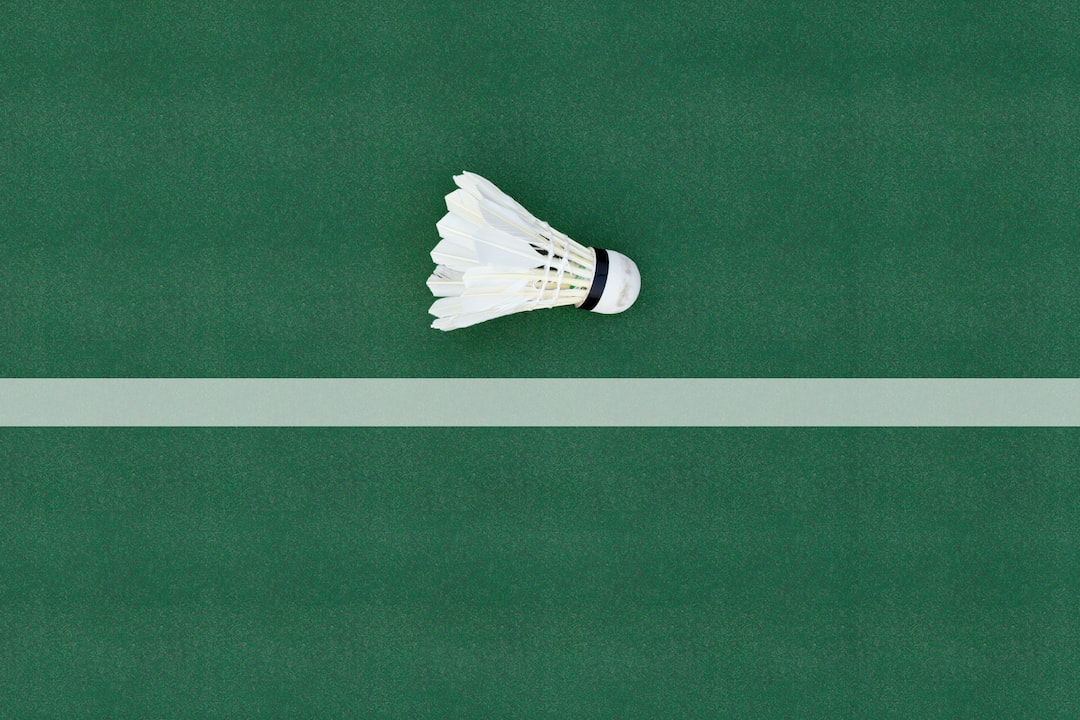The Intricacies of Costume Design: Wardrobe Creativity in Film and Television
Costume design is an essential aspect of filmmaking and television production. It plays a pivotal role in bringing characters to life, setting the tone of a story, and immersing audiences into the narrative. From period dramas to futuristic sci-fi films, the art of costume design requires meticulous attention to detail and a deep understanding of the characters and their world. In this blog post, we will delve into the intricacies of costume design and explore the impact it has on the overall production.
Costume designers are not mere stylists; they are storytellers. They collaborate closely with directors, production designers, and cinematographers to ensure that every costume choice communicates the essence of the character and enhances the visual narrative. They analyze the script, delve into character backgrounds, and consider the historical or futuristic context to create authentic and believable wardrobes.
One of the challenges costume designers face is balancing authenticity with creative interpretation. Whether it’s recreating a specific historical period or inventing costumes for alien species, they strive to maintain a sense of realism while infusing their own unique vision. Research is a crucial part of the process, as designers dive into historical records, fashion trends, and cultural influences to create accurate costumes that reflect the film’s world.
In addition to historical accuracy, costume designers must also consider the practicality of the costumes. Actors need to be able to move freely, and costumes should not hinder their performance. This is particularly crucial in action-packed films or physically demanding scenes. Through the clever use of different materials, adjustments, and hidden fasteners, costume designers ensure that the actors’ comfort and mobility are not compromised while still maintaining the desired visual impact.
Costumes are not just clothes; they are visual metaphors that convey character traits, social status, and narrative themes. By carefully selecting fabrics, colors, and accessories, costume designers can subtly communicate information about a character’s personality, background, or motivation. The distinctive black leather attire of Neo in “The Matrix” signifies his rebellious nature, while the colorful and eccentric outfits of Willy Wonka in “Charlie and the Chocolate Factory” reflect his whimsical and imaginative personality.
Moreover, costumes can play a significant role in visual storytelling. In films like “The Great Gatsby” or “Marie Antoinette,” elaborate period costumes not only transport audiences to a different era but also add richness and depth to the story. Through the meticulous attention to detail in fabrics, embroidery, and accessories, costume designers create a visual feast that enhances the overall viewing experience.
In television, where characters evolve over multiple episodes or seasons, costume design becomes even more challenging. Designers need to find a delicate balance between consistency and character development. They take into account the character’s journey, growth, and circumstances, ensuring that the costumes reflect these changes while remaining coherent with the established aesthetic of the series.
In conclusion, costume design is an intricate art form that goes far beyond the mere act of styling characters. Its importance in film and television cannot be overstated. From historical dramas to fantasy epics, costume designers transport audiences into different worlds, give life to characters, and contribute to the overall visual narrative. With their attention to detail, creative vision, and storytelling skills, they are indispensable in creating memorable screen moments that leave a lasting impression on viewers. So, the next time you watch a film or television series, take a moment to appreciate the incredible artistry behind the costumes that help bring the story to life.

